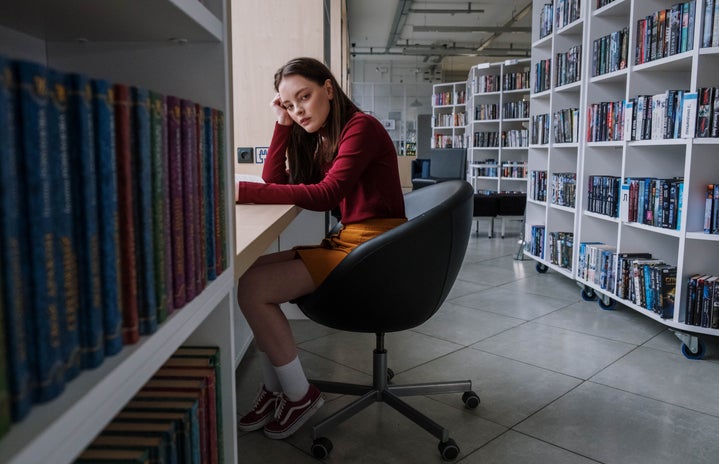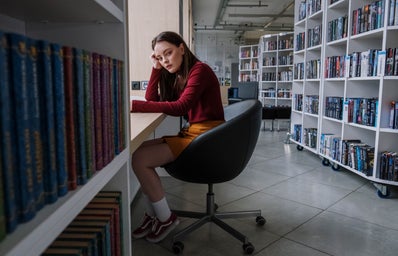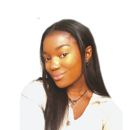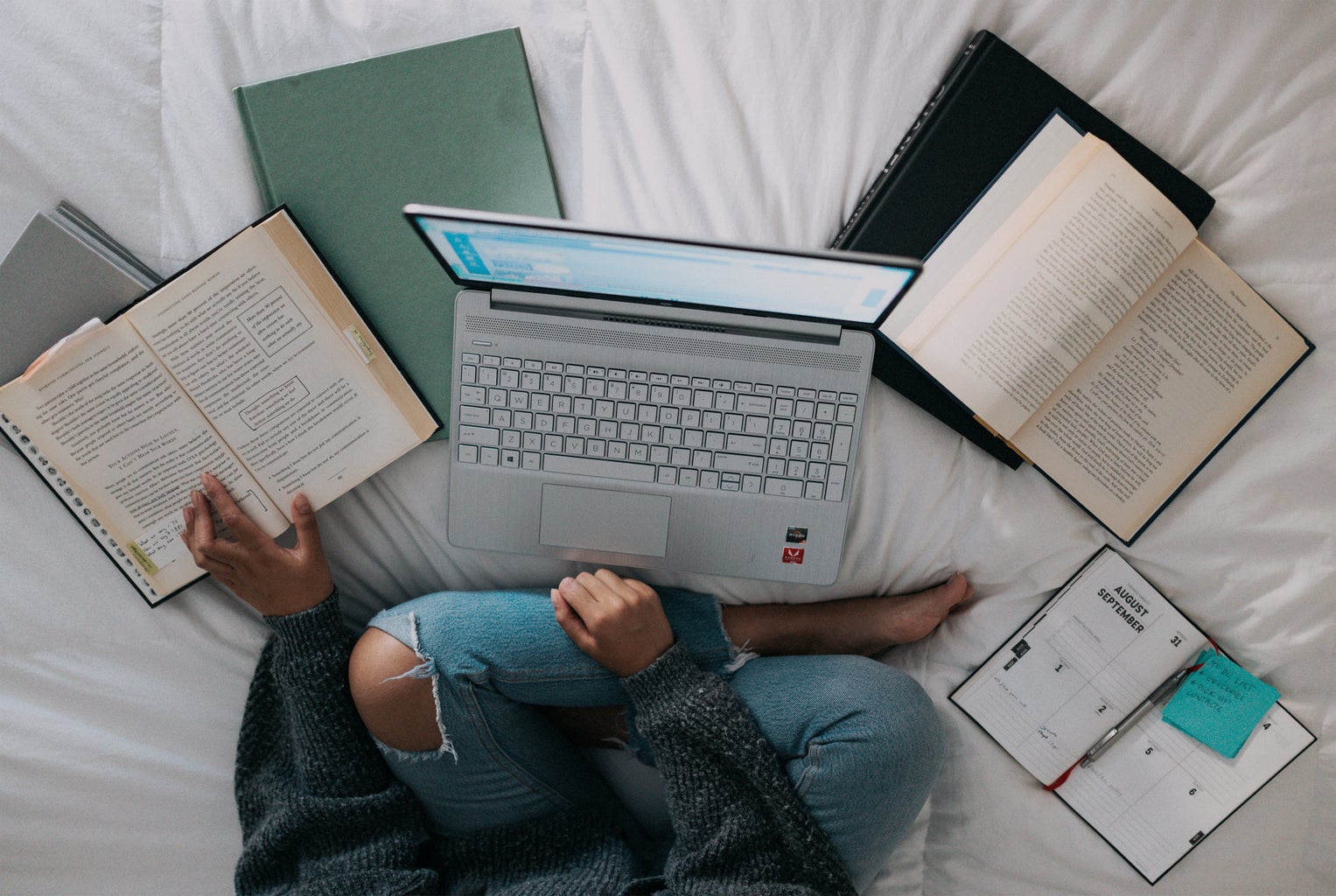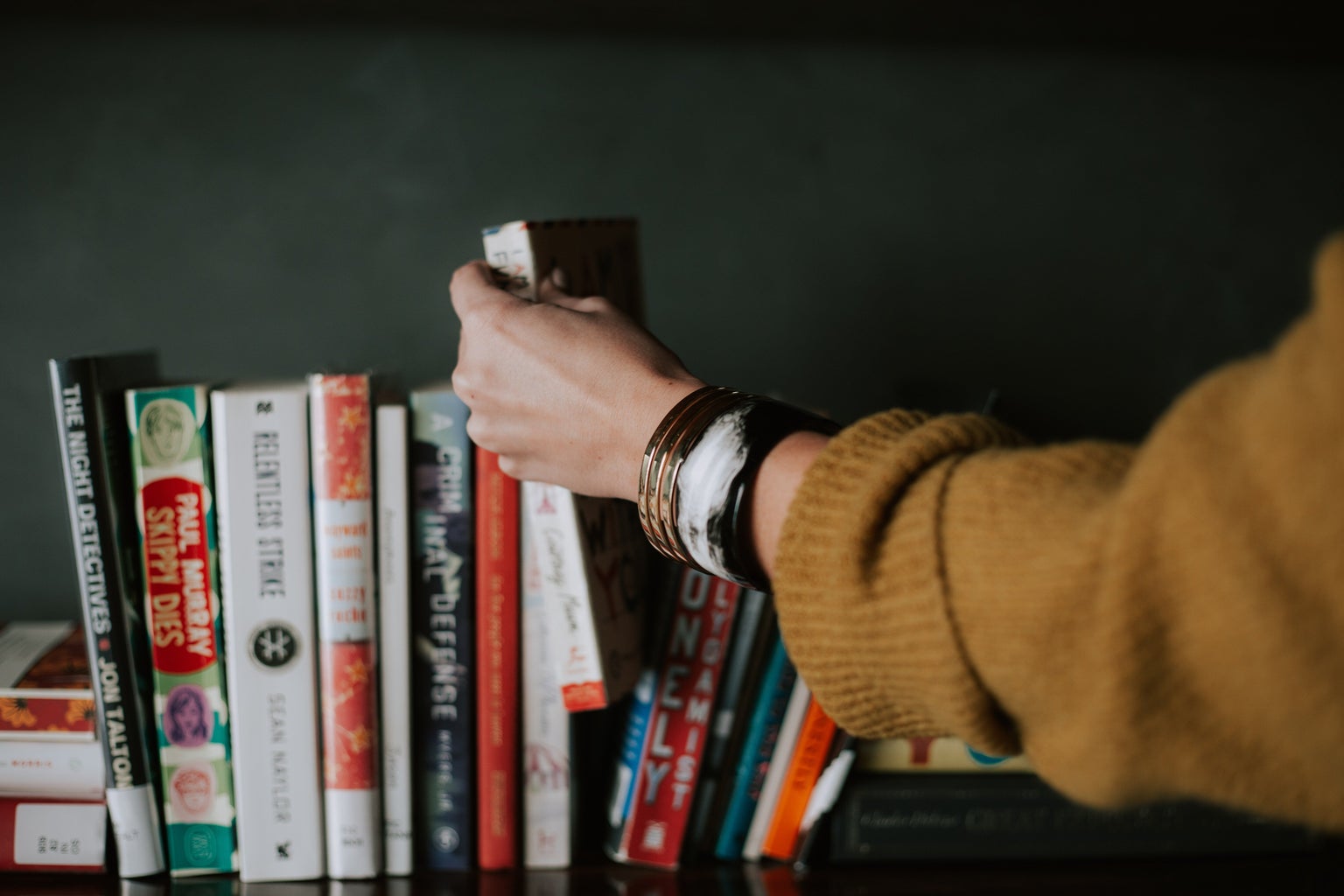In the fourth grade, I hated reading. I loathed the boredom and the monotonous page-turning made me nauseous.
There were a few books here and there that would catch my eye, however. The ‘self-aware tween navigating public school with a nutty friend and documenting it all through diary entry’, format in Diary of a Wimpy Kid, Dear Dumb Diary and Dork Diaries was appealing because of the digestible format (in other words, lots of pictures).
I restricted myself to this hyper-specific genre in an attempt to avoid anguishing boredom. So, other than skimming through class-assigned literature, I read nothing else. Sadly, this theme in my journey lasted up until high school. From AR (Accelerated Reader) tests in elementary school to comprehension tests in middle and high, I, like many others, read for a grade—not for personal enjoyment.
This ability to read because we want to and not just because we must lost its way in the maze of all-nighters, lack of reading choices in classes, and unattainable expectations we set for ourselves regarding reading amount and genres.
In the eleventh grade, my AP English teacher talked to my peers and me about her love for reading. She then said something that changed my outlook on reading forever: “If you don’t like it, put it down.”
If I don’t like a book, I can easily put it down.
It seemed so simple when she said it and it made complete sense, but it never occurred to me that it was something I could do. I didn’t have to keep reading a book that made me miserable.
So I started to read again. I read a fantasy book, left one unfinished, read another fantasy story, read a young adult fiction, put down a science fiction one, and kept going. I began to actually use the library. I felt accomplished.
To find what genre I enjoyed, I had to go through trial and error, which requires putting down books and finding new ones in different genres. Go to your local library or bookstore (I strongly advise the library, it’s free!) , pick up any title or book cover that appeals to you, and read a few pages. If you can’t put it down, get it. If you don’t like it, put it back.
Going on social media is a great way to find book recommendations as well. #BookTok on TikTok is a community overflowing with people with a true fervor for reading and offering tips and resources. Even searching ‘(insert your interest) book recommendations’ on the app is a quick way to get started.
For many of us who wish to get back into reading, we set drastic goals to meet or overpass the reading records we had when we were young. Some of us went from reading 10 novels and 5 ambitious fan fictions a month consecutively to merely grazing through articles and textbook pages.
It is crucial to make reasonable goals according to your lifestyle—chances are, you are no longer an 11-year-old with too much time to spend on Wattpad. Try reading one book a month to start. Find one that is interesting and easy to digest, like a young-adult romance or a book in the same genre as your childhood favorites.
Apps like GoodReads and StoryGraph made it easier for me to keep track of my goals and find new books. In both, users can add friends, make TBR (To Be Read) and other lists and set yearly reading goals. Users can also track their reading progress by page number and see their friends’ progress and lists.
When I shifted my mindset on reading, I expanded my mind to a world of intriguing literature. I’ve realized I enjoy young adult beach-town mysteries like We Were Liars by E. Lockhart, nonfiction novels regarding socio-political commentary like Cultish: The Language of Fanaticism by Amanda Montell, and dramatic, profound, women-led fictions like My Year of Rest and Relaxation by Ottessa Moshfegh.
Getting back into reading requires patience. It can be a slow journey, but that does not mean it has to be a dreadful one. Give yourself the time and reassurance to let go of the feeling scholastic reading gives you. Allow yourself to do something out of pure enjoyment—you deserve it.
